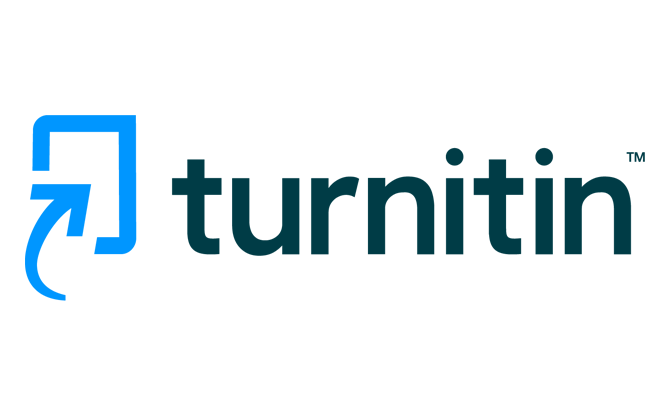ANALYSIS OF COCONUT DREGS FIBER CONTENT DUE TO FERMENTATION USING FIBER DEGRADATION BACTERIA FROM PLIEK U
DOI:
https://doi.org/10.32734/jpi.v6i2.2136Keywords:
livestock, coconut, fiberAbstract
The success of livestock business is influenced by the feeding cost which will affect production costs, Therefore, it is needed to find an alternative feeds which has high quality content with relatively low prices. Coconut dregs can be used as an alternative to livestock feeds, but it has high fiber content, so it has low digestibility. It is necessary to conduct a processing of coconut dregs by using fermentation with fiber degradating bacteria. The purpose of this research was to determine fiber content changes (NDF, ADF, and hemicellulose) in coconut dregs after experiencing fermentation process using fiber degradating bacteria from PLIEK U. The method used complete random factorial which was designed with two different factors and three replications. The results of analysis of NDF, ADF and hemicellulose showed that there were interactions on both factors, the highest fiber content (NDF, ADF, and hemicellulose) is on the interaction of P1W1 (1% and 3 days), and the lowest fiber content (NDF, ADF, and hemicellulose) was on the interaction of P3W3 (5% and 9 days). It was concluded that the fermentation of coconut dregs using bacteria from PLIEK U could degrade the fiber content of coconut dregs, the more bacteria given and the longer the incubation time, so the fiber content (NDF, ADF, and hemicellulose) more decrease, and the best fermentation treatment was found in P3W3 interactions that was fermentation with 5% inoculum and 9 days incubation.
Downloads
Downloads
Published
Issue
Section
License
The Authors submitting a manuscript do so on the understanding that if accepted for publication, copyright of the article shall be assigned to Jurnal Peternakan Integratif as well as TALENTA Publisher Universitas Sumatera Utara as the publisher of the journal.
Copyright encompasses exclusive rights to reproduce and deliver the article in all forms and media. The reproduction of any part of this journal, its storage in databases and its transmission by any form or media, will be allowed only with written permission from Jurnal Peternakan Integratif.
The Copyright Transfer Form can be downloaded here.
The copyright form should be signed originally and sent to the Editorial Office in the form of original mail or scanned document.















